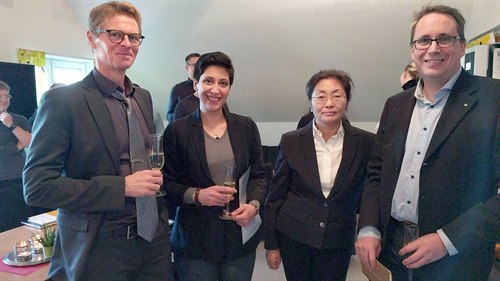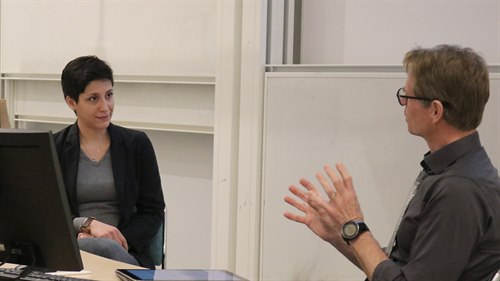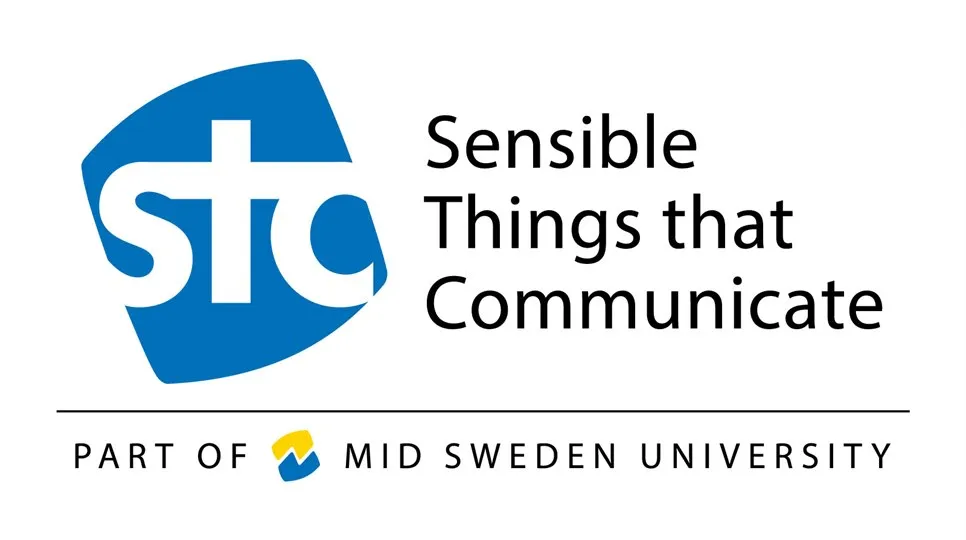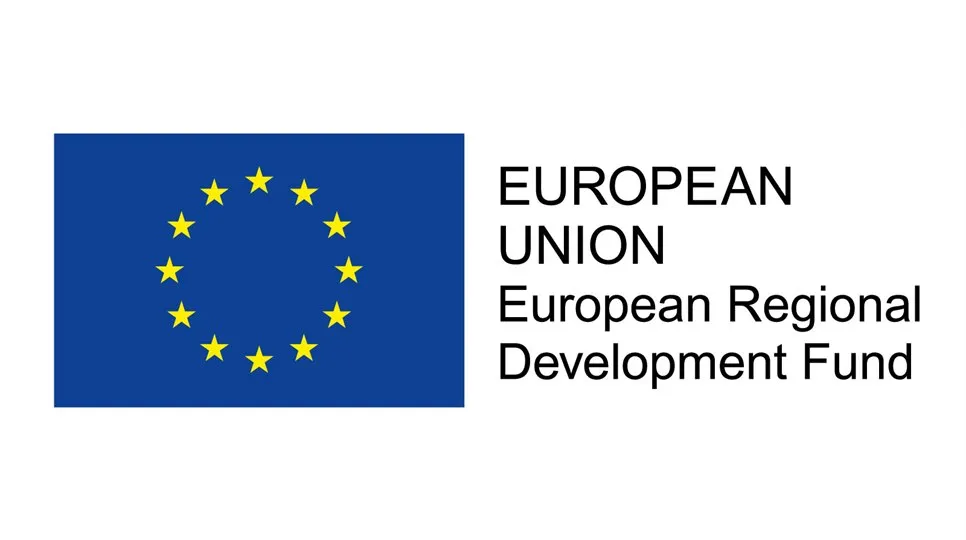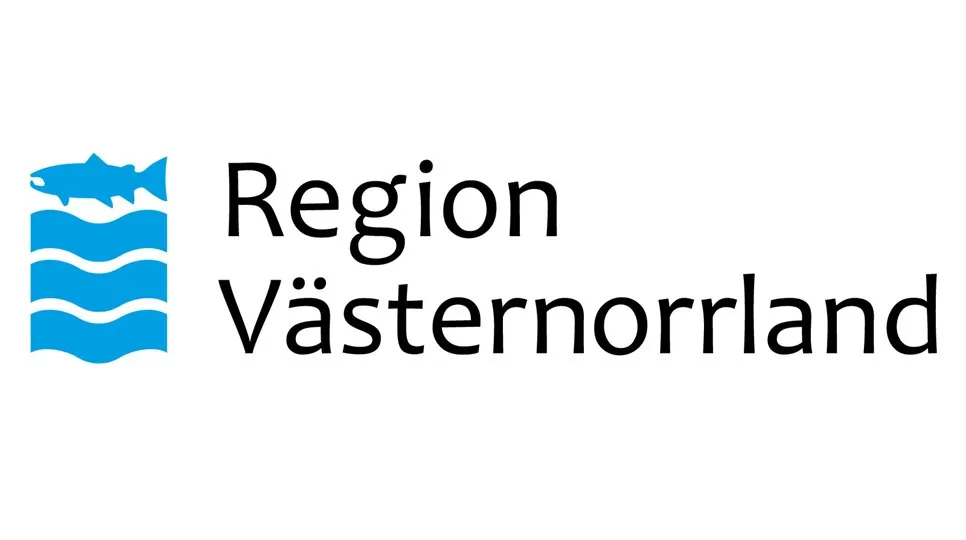The concept of Industrial Internet of Things (IIoT) is the tangible building block for
the realisation of the fourth industrial revolution. It should improve productivity, efficiency and reliability of industrial automation systems, leading to revenue growth in industrial scenarios. IIoT needs to encompass various disciplines and technologies to constitute an operable and harmonious system. One essential requirement for a system to exhibit such behavior is reliable exchange of information.
In industrial automation, the information life-cycle starts at the field level, with data collected by sensors, and ends at the enterprise level, where that data is processed into knowledge for business decision making. In IIoT, the process of knowledge discovery is expected to start in the lower layers of the automation hierarchy, and to cover the data exchange between the connected smart objects to perform collaborative tasks.
This thesis aims to assist the comprehension of the processes for information exchange in IIoT-enabled industrial automation- in particular, how reliable exchange
of information can be performed by communication systems at field level given an
underlying wireless sensor technology, and how data analytics can complement the
processes of various levels of the automation hierarchy. Furthermore, this work explores how an IIoT monitoring system can be designed and developed.
The communication reliability is addressed by proposing a redundancy-based
medium access control protocol for mission critical applications, and analysing its
performance regarding real-time and deterministic delivery. The importance of the
data and the benefits of data analytics for various levels of the automation hierarchy are examined by suggesting data-driven methods for visualisation, centralized system modelling and distributed data streams modelling. The design and development of an IIoT monitoring system are addressed by proposing a novel three-layer framework that incorporates wireless sensor, fog, and cloud technologies. Moreover, an IIoT testbed system is developed to realise the proposed framework.
The outcome of this study suggests that redundancy-based mechanisms improve
communication reliability. However, they can also introduce drawbacks, such as
poor link utilisation and limited scalability, in the context of IIoT. Data-driven methods result in enhanced readability of visualisation, and reduced necessity of the ground truth in system modelling. The results illustrate that distributed modelling can lower the negative effect of the redundancy-based mechanisms on link utilisation, by reducing the up-link traffic. Mathematical analysis reveals that introducing fog layer in the IIoT framework removes the single point of failure and enhances scalability, while meeting the latency requirements of the monitoring application.
Finally, the experiment results shows that the IIoT testbed works adequately and
can serve for the future development and deployment of IIoT applications.
